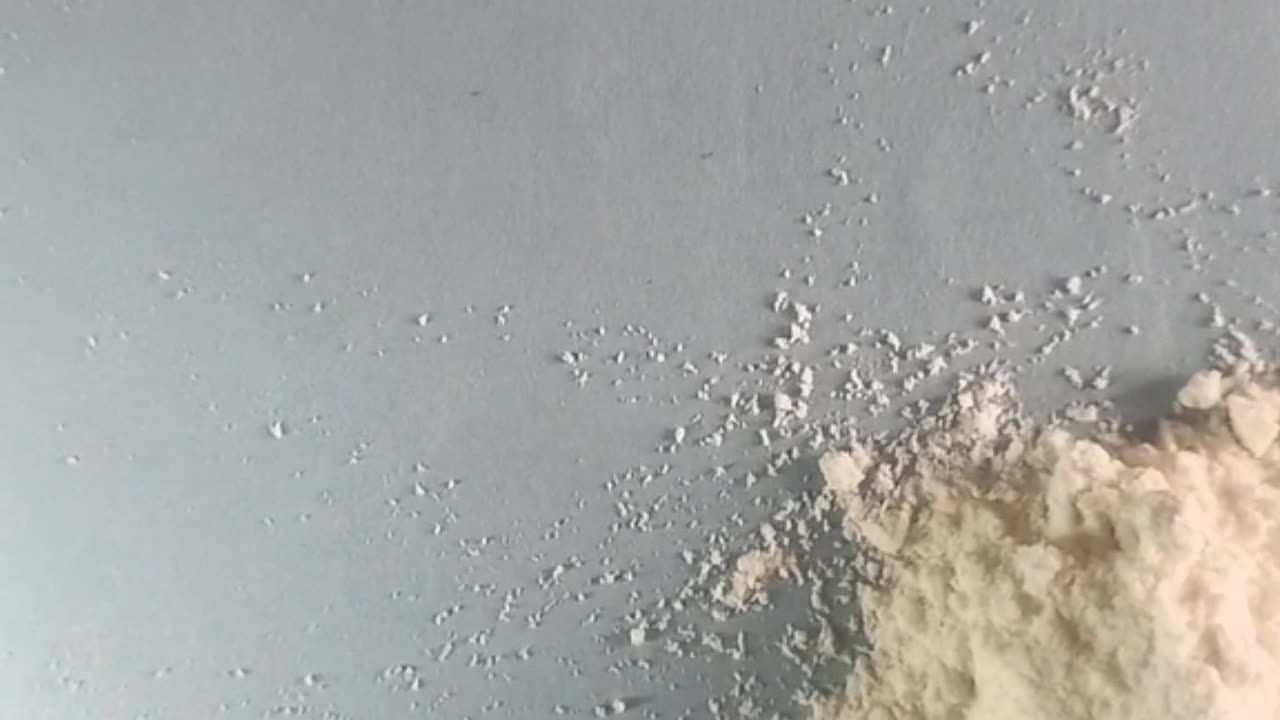Premium Only Content

INSECTS
Today, as I lackadaisically opened my kitchen shelves, eager to prepare my favorite Sunday morning delicacy—BREAD. As my hands sifted through the wheat flour, a tiny traveler caught my eye, wandering with purpose. You might think I’m under some cosmic attack, but fear not! As an Entomologist, I assure you—no cause for alarm. Allow me to introduce you to the flour beetle.
The "wheat flour weevil" is a common name for the tiny creatures that often make their home in flour, particularly the red flour beetle, Tribolium castaneum (Coleoptera; Tenebrionidae). When in their larval stage, these beetles are often mistaken for their distant cousins, the true weevils. While true weevils, like the grain weevil (Sitophilus granarius), do infest grains, they are far less common in the realm of flour.
In a previous post, I delved into the fascinating juxtaposition between beetles and weevils. It's intriguing to realize that both of these creatures, though distinct, belong to the same order—Coleoptera. They're armored in hard, protective exoskeletons (elytra, to be precise). However, weevils—those snout beetles—stand apart with their elongated snouts, unlike other beetles, whose mouthparts are directly attached to their heads.
But what truly captivates me is their resilience. How do these insects endure anaerobic conditions for extended periods? It’s a curious phenomenon, one that could lead to extraordinary discoveries. Or perhaps, Dr. Ibrahim Wada would merely chuckle at the haze of my own imaginative euphoria.
-
 1:00:32
1:00:32
VINCE
5 hours agoRest In Peace Charlie Kirk | Episode 123 - 09/11/25
379K357 -
 LIVE
LIVE
LFA TV
8 hours agoLFA TV ALL DAY STREAM - THURSDAY 9/11/25
3,779 watching -
 LIVE
LIVE
Bannons War Room
6 months agoWarRoom Live
7,309 watching -
 25:21
25:21
The Shannon Joy Show
3 hours agoA message of encouragement and a call for faith and unity after the tragic killing of Charlie Kirk
65.3K14 -
 1:31:37
1:31:37
The Big Mig™
4 hours agoIn Honor Of Charlie Kirk, Rest In Peace 🙏🏻
54K17 -
 1:36:35
1:36:35
The White House
6 hours agoPresident Trump and the First Lady Attend a September 11th Observance Event
127K50 -
 1:38:49
1:38:49
Dear America
6 hours agoWe Are ALL Charlie Now! This Isn’t The End. We Will FIGHT FIGHT FIGHT
203K211 -
 2:09:21
2:09:21
Badlands Media
13 hours agoBadlands Daily: September 11, 2025
78.2K25 -
 2:59:26
2:59:26
Wendy Bell Radio
9 hours agoA Watershed Moment
96.5K220 -
 4:24
4:24
Bearing
10 hours agoCharlie Kirk ♥️
28K52